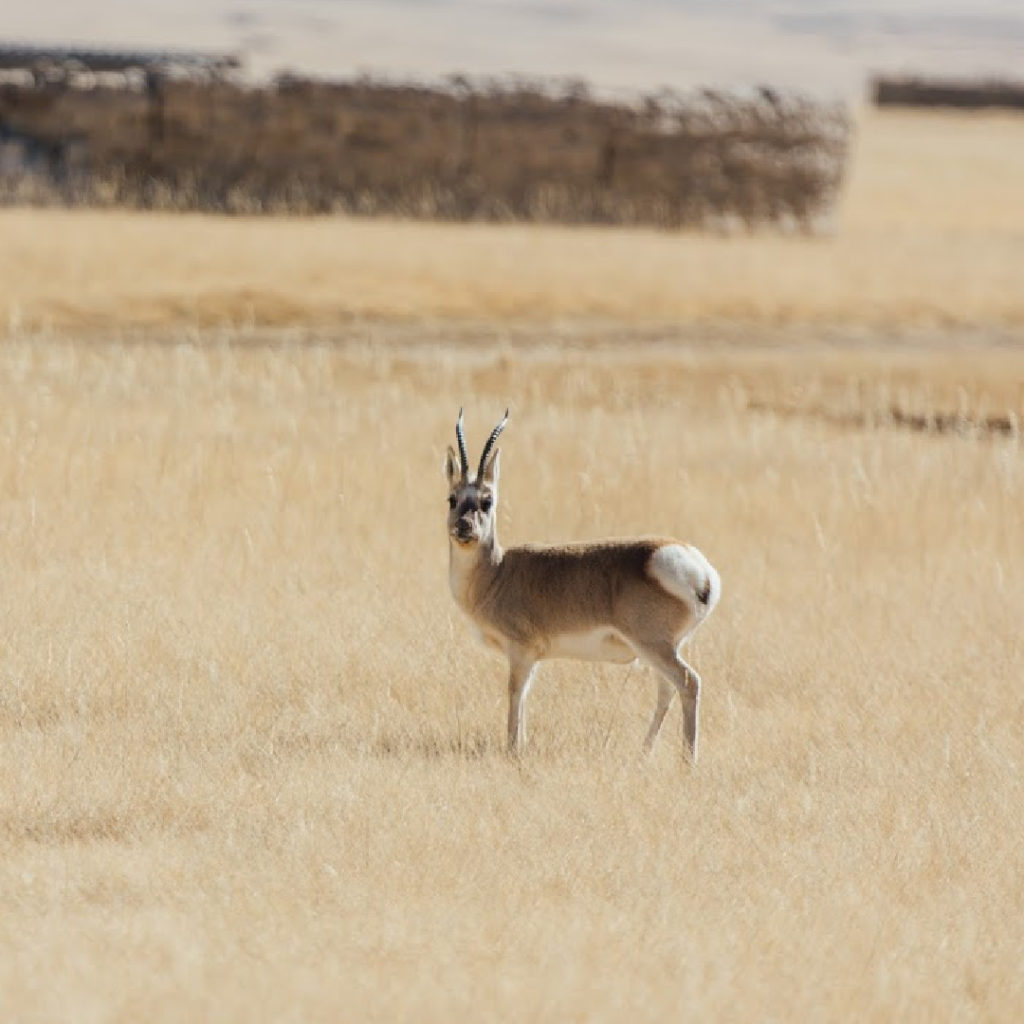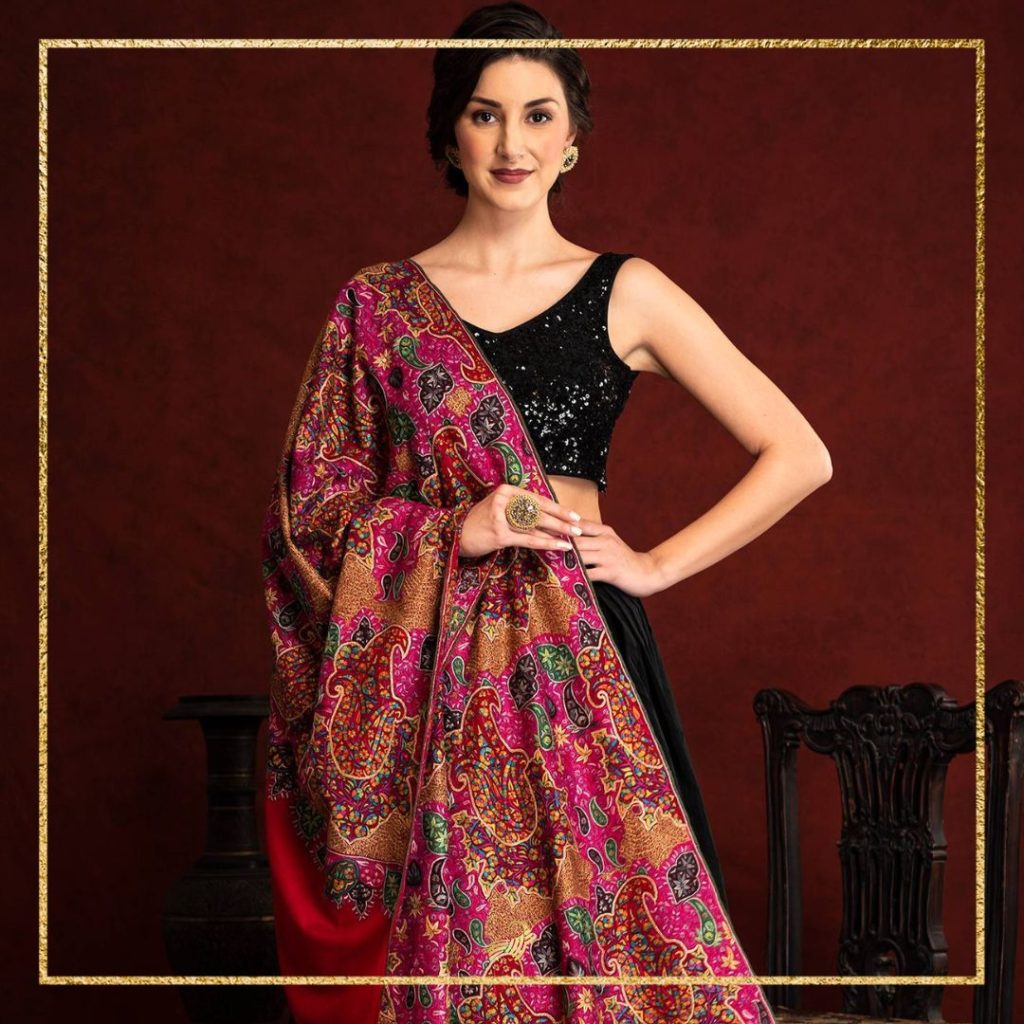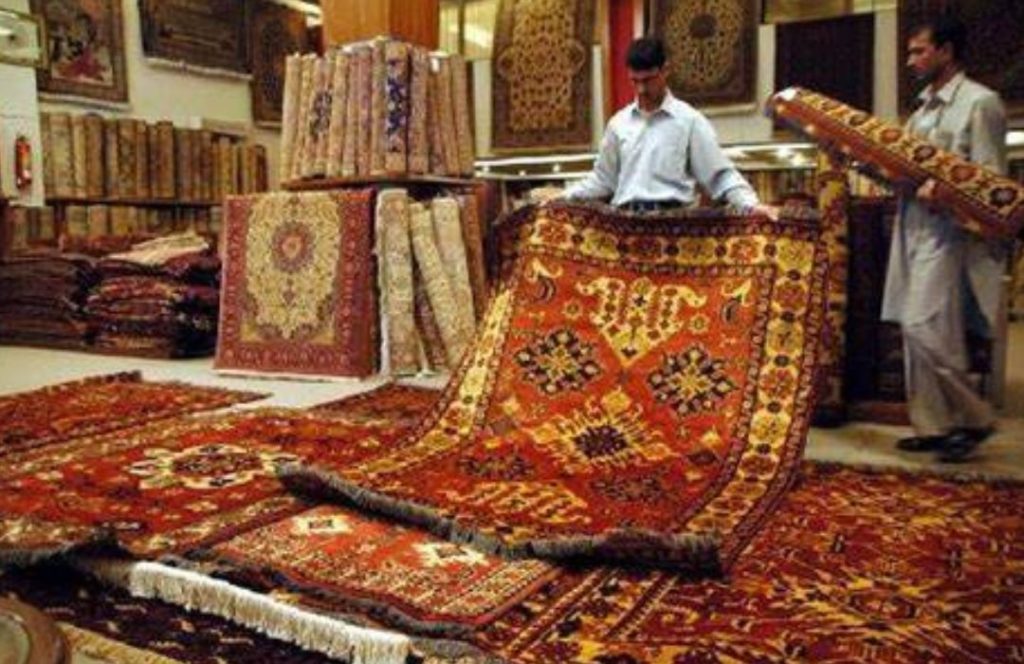The ‘heaven on earth’ Kashmir is undoubtedly famous for its scenic wonders, but Kashmiri textile production of this quaint valley has made it even more eminent amongst the masses.
In the North of India, lies Kashmir, which has been famous as the ‘paradise on earth’ ever since Emperor Jehangir called it so. Full of picturesque places and artistically wonderous belongings, every ounce of air in this valley adds to its glory even more. The traditions of this valley are glorious enough to allure the entire world toward it and make it a tourist destination for every travel lover. But it is not just the natural wonders and traditional lives of the people that attract attention. It is the local artisan produce that makes the valley prominent and globally recognized.
Handicrafts of Kashmir
Certainly, one of the most acclaimed assets that Kashmir houses are its handicrafts. Be it Kashmiri carpets which are handwoven in silk, Kashmiri shawls made from Cashmere, wool and shahtoosh, wood carving done with walnut wood, embroidery patterns of various types, rug making which is called Namda, and other magnificent art forms, they have attracted and managed to patronise people. Amongst all the art and craft forms that the valley engages in, textile making is surely one of the prominent ones. There are a number of Kashmiri textiles that the valley exports, owing to the admiration they received across the globe.
Textiles of Kashmir
The rich Kashmiri textiles from the valley range from carpets to shawls and silk fabrics. All of these are renowned across nations and bring Kashmir more fame and glory with growing productions. Let us discuss the rich and luxurious textiles of Kashmir one by one
Kashmiri Shawls
Who doesn't know about the prestigious and glorious Kashmiri shawls in the world? These have royal patronage and are still worn by admirers of ancient art and craft. Kashmiri shawls form an important section of Kashmiri textiles and are categorised into three types on the basis of the material used.
Shahtoosh shawls

Shahtoosh shawls are the most expensive and luxurious shawls produced in the valley. These are prepared from the fine down hair of the Tibetan antelope found in the Himalayan ranges. This hair is unbelievably soft and fine (just 7 to 10 microns in diameter). The antelope produces the hair to survive freezing temperatures, and hence it can be guessed how warm the hair is which protects the animal from bone-chilling cold. The hair is processed manually, and luxury handcrafted shawls are manufactured.
Shahtoosh shawls are banned owing to the animal cruelty associated with their procurement. The antelopes are killed by hunters to strip them of the wool.
Pashmina shawls

When it comes to Kashmiri textiles and shawl making, Pashmina shawls are the next best to Shahtoosh. And since Shahtoosh is banned, Pashmina is the only option in luxury accessorising we have. Pashmina shawls are handcrafted from Ladakhi Cashmere. The wool grows as down fibre to the Changthangi goat in Ladakh, which helps it survive the harshest of cold. The diameter of this fine wool is 12 to 16 microns, and this makes it soft, lightweight, smooth, and super fine.
The goat loses this fine hair in its moulting period, which is from March - April. This is cleaned and sent for processing to Kashmir, where the utmost skilled artisans process it manually over looms. This resulted in the formation of the world-famous Pashmina shawls.
It was Pashmina shawls that caused an uproar in the fashion world when in the 18th century they spread wings over Europe. Empress Josephine of France owned hundreds of Pashmina shawls, and since then, Pashmina shawl sales knew no bounds.
Pashmina shawls are less expensive when compared to Shahtoosh. This makes them the most favoured and invested in. Every woman in Kashmir owns a Pashmina shawl, apart from their woollen counterparts.
Also read: HOW CAN YOU TELL IF A CASHMERE IS REAL?
Woollen shawls
Pure wool Shawls, locally known as raffle shawls in Kashmir, are made from Merino wool. The high-quality wool makes these shawls soft and fine, an important part of the Kashmiri textile business. Wool shawls are sturdy and durable, and this makes them perfect for casual days. Moreover, their thick base can hold any embroidery, lightweight or heavy, and hence every type of embroidery is done on these shawls, making them alluring and purchase-worthy.
Kashmiri Carpets

The art of carpet weaving dates back to the 15th century, and like most crafts, it came from Persia. For Kashmiri carpet making, wool or silk is used. Sometimes a combination of wool and silk is used.
Kashmiri carpets can range from 200 knots to 900 knots per sq inch, and this is manually done. For this reason, they are well known for their excellent quality and majestic appearance.
Kashmiri Tweed
Tweed of Kashmir to is cherished by admirers all over the world. It is a wool product that goes through 8 steps from the shearing of wool to the completion of the final product. Tweed is used to making coats, sweaters, suits, caps and more. Kashmiri tweed is also used to make the traditional gown of Kashmir, phiran, which helps to keep people warm in winter.
Manual weaving of Kashmiri tweed from 100% wool makes it strong, and its patterns like herringbone, plain, striped and houndstooth make it beautiful.
Kashmiri Silk
Kashmiri silk forms an important part of Kashmiri textiles. The tradition of cocoon rearing was started by King Zain ul Abideen. And it was under his rule that sericulture flourished multifold. Weaving and printing of silk are usually not undertaken in Kashmir, but cocoon rearing is done on a large scale. Kashmiri silk too is famous like other crafts, as it is one of the best quality silk available. Kashmiri silk sarees sell in exponential quantities all over India and abroad.
Hence, apart from being a scenic attraction, Kashmir is rich in textiles and other handicrafts too. Undoubtedly it is famous for many of its textiles but some prominent among these are discussed above. Kashmiri Pashmina shawls are something that every single person in the world is aware of. Its fine texture, lightweight and immense warmth made it famous since the 18th century, and till now the grandeur hasn't diminished.
Also read: 8 REASONS TO BUY A CASHMERE SCARF NOW!